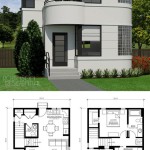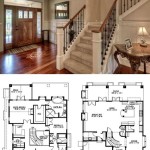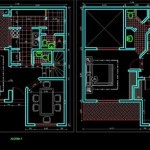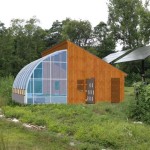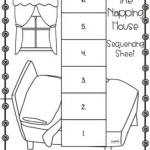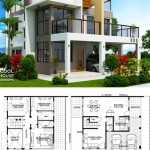Essential Aspects of Site Plan Of A Residential House
A site plan is a scaled drawing that shows the layout of a residential house and its surrounding features on a specific piece of land. It is an essential tool for planning and designing a new home, as it allows you to visualize the overall layout and make sure that all the elements fit together properly.
When creating a site plan, there are several key aspects that you need to consider, including:
- The location of the house on the lot. This will be determined by a number of factors, including the size and shape of the lot, the orientation of the sun, and the presence of any existing trees or other features.
- The size and shape of the house. This will be determined by your needs and budget.
- The layout of the rooms. This will be determined by how you want to use the space and how you want the rooms to flow together.
- The location of the driveway, walkways, and patio. These features will need to be carefully planned to ensure that they are both functional and aesthetically pleasing.
- The landscaping. The landscaping can be used to enhance the beauty of your home and to create a more inviting outdoor space.
Once you have considered all of these factors, you can begin to create a site plan. The first step is to draw a sketch of the lot and the house. Then, you can start to add in the other features, such as the driveway, walkways, and patio. Once you are satisfied with the layout, you can have a professional draftsman create a final site plan.
A site plan is an essential tool for planning and designing a new home. By carefully considering all of the factors involved, you can create a site plan that will help you achieve your dream home.

Residential Site Plans What To Include And How Draw Them Cedreo

3d Site Plans Examples And Ideas

Residential Site Plans Examples Plan How To

Residential Site Plans What To Include And How Draw Them Cedreo

Qatar Al Rayyan Residential Development Villas Modern House Design Small Site Plan

Detailed Site Plan Residential Commercial Plans My

Site Plans What They Are And How To Create One

Free Residential Home Floor Plans Evstudio

Site Plan Examples

Typical Floor Plan Small Apartment Building Residential

